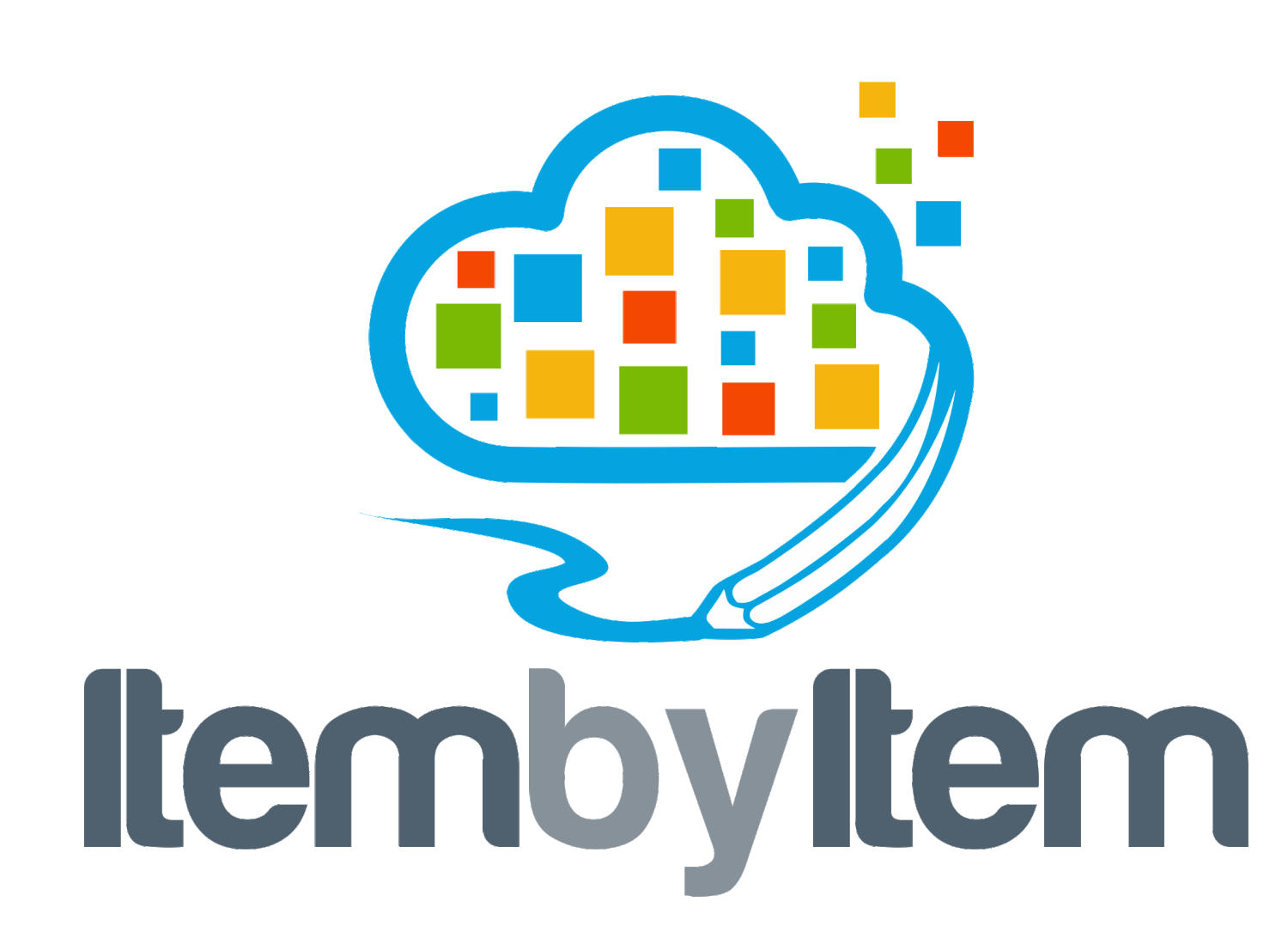Keep training on
As the software deployment projects approach their go-live dates, project teams realize a daunting task facing them – training the large end-user community. We all know that for an implementation to be successful, the new solution needs to be correctly executed by the users. Unfortunately, most companies underestimate this challenge and allocate less time and resources to train their users. As a result, they increase the cost, time, and risk of their project.
End-user training is much different from the project team training that takes place at the beginning of the project. The learner community is much larger. The training topics are not generic. The content is more process-driven and specific to the company. The learners may have lower skills.
The typical approach to end-user training is the “Train the Trainer” method. The external resources first train the project team members who then train the end-user community. This approach may sound reasonable in theory, it can easily fail in practice. Let’s understand why.
First, this approach assumes that the project team has enough time to train the end-users. In reality, this period is one of the busiest times for the project team who are finalizing the design, checking the corner cases, documenting the process, etc. Second, it assumes that project team members are comfortable with training and are good at teaching. As we all know from previous experience, teaching is a skill and some people are good at it, while others may be challenged. Third, this approach assumes that this training is a one-time event, which is not true. Users are introduced to the project in multiple waves and also are added after the go-live. The end-user training does not stop with the project but continues as long as new users are added, and the solution is enhanced.
Online training can help with this challenge. The end-user content can be delivered by role. The content can cover both standard and tailored processes. It can be delivered to a large user base efficiently. Learners can consume the material at their own pace - anytime and anywhere they want. Learners’ progress and understanding can be measured and monitored. The project team can then focus on the key tasks on hand and engage with the users when clarifications are requested. The training can continue after the go-live and be readily accessible to the new employees.

